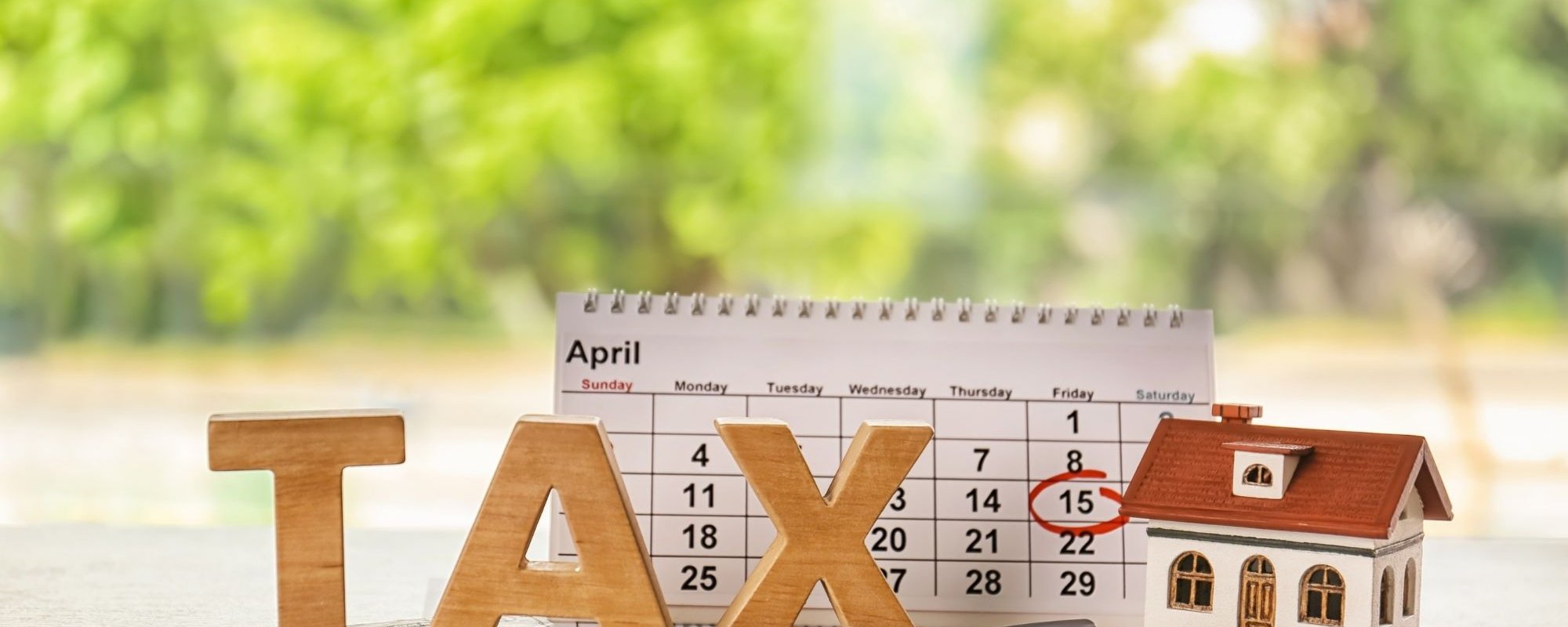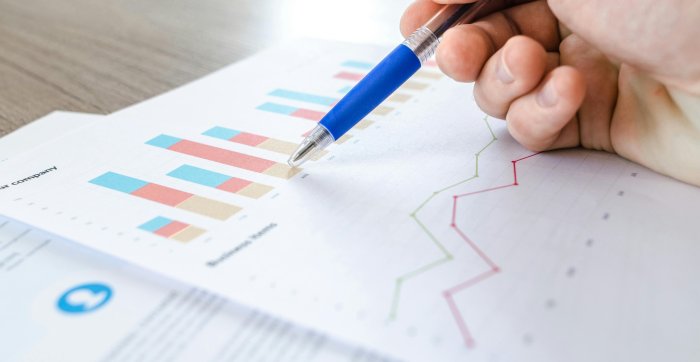
The end of the financial year is now only weeks away, which means it’s time to organise your tax depreciation schedule. There are benefits of ordering and paying for a depreciation schedule before 30 June.
Property depreciation explained
Tax depreciation is a tax deduction claimed for the natural wear and tear of an income-producing building and its assets over time. It is generally the second biggest tax deduction for property investors, after interest.
There are two types of property depreciation. Capital works deductions (Division 43) are claimable on the building’s structure and items that are permanently fixed to the property. Plant and equipment depreciation (Division 40) can be claimed on items that are easily removable from the property or mechanical in nature.
Depreciation is a non-cash deduction, which means you don’t have to spend money in order to be eligible to make a claim.
During FY 2021/2022, BMT found investors an average first-year deduction of almost $9,000.
Claim the cost of your schedule straight away
To claim the maximum depreciation deductions on all eligible assets, a tax depreciation schedule should be organised as soon after you purchase a property as possible.
A depreciation schedule has a one-off cost and will ensure all claims are maximised and fully ATO compliant.
The cost of the depreciation schedule is 100 per cent tax deductible, and if you order and pay for a depreciation schedule before June 30 you can claim the fee back this financial year.
Doing this means less time out of pocket and reduces the risk of forgetting to claim the depreciation schedule’s fee as a deduction the following year.
Partial year claims
You can claim depreciation deductions regardless of how long how you have owned the property.
Depreciation deductions can be claimed even if the property has been owned for a few months, weeks or even days.
The depreciation value of the assets will be calculated by how long the property has been owned. For instance, if the property has been owned and rented out for a period of six months, the owner is eligible for fifty per cent of the yearly deductions.
Receive payments regularly using Pay as You Go (PAYG)
By arranging a depreciation schedule sooner, you can access additional cash flow throughout the year by incorporating a PAYG withholding variation.
With the help of your accountant, you can submit a PAYG withholding variation which will estimate your expected tax return for the financial year, allowing your employer to take less tax out of your wages.
It’s important to speak with your specialist quantity surveyor to organise a tax depreciation schedule before submitting a PAYG withholding variation as this information will be used to help accurately estimate your tax return.
You will still need to visit your accountant at the end of the financial year so they can calculate the actual amount of tax.
Claim missed deductions
It is always advisable to stay on top of your finances by claiming deductions in the applicable financial year, as delaying your claim will only add extra confusion and stress to your next tax return.
However, if previous depreciation deductions weren’t claimed, the ATO allows you to recover missed payments from past financial years by adjusting your tax return.
This is useful for investors who were previously unaware of depreciation deductions.
Obtaining your tax depreciation schedule before 30 June is important if you want to maximise your returns and keep your finances on track.
The article is provided by BMT Tax Depreciation. BMT Tax Depreciation is Australia’s leading supplier of residential and commercial tax depreciation schedules. Contact the expert team at BMT to learn more about how to organise a depreciation schedule before 30 June.
If you need assistance with your year-end tax planning, contact KMT accountants today!


